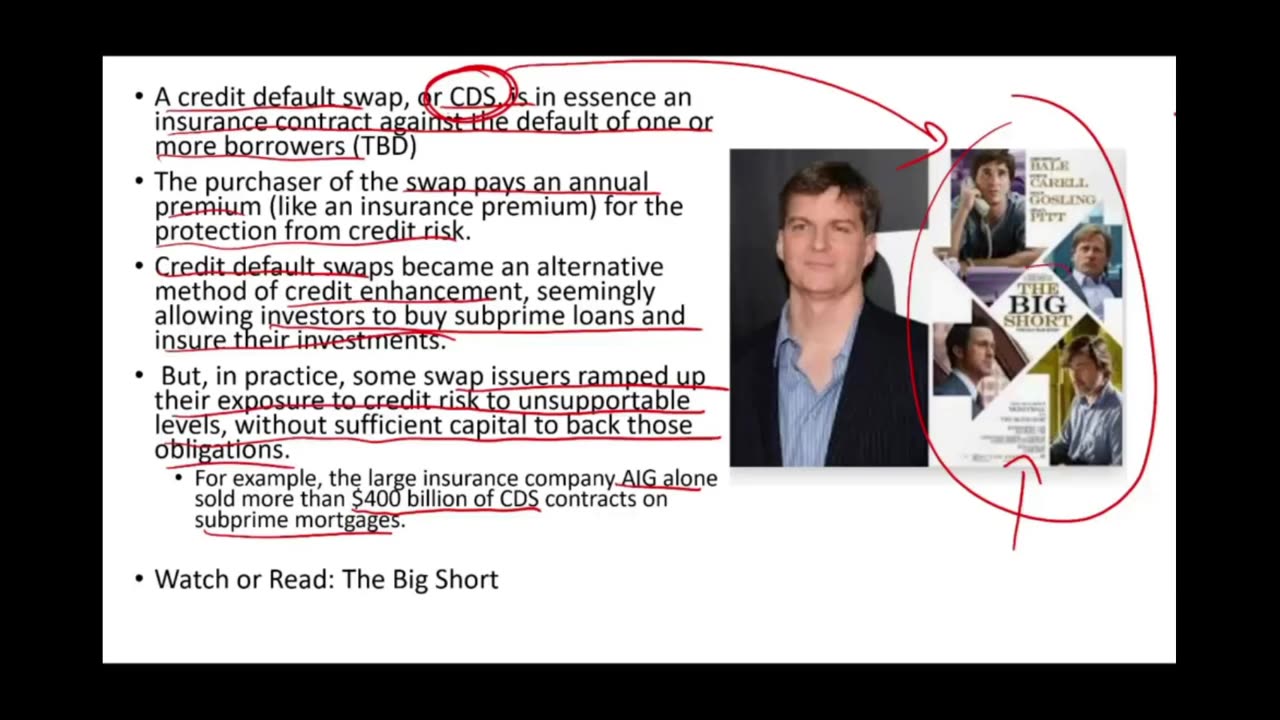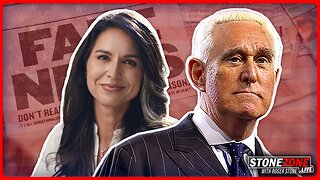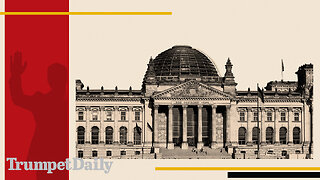Premium Only Content

The Financial Crisis of 2008 Explained Crash Course | Essentials of Investments
In this video, I discuss the financial crisis of 2008. The 2008 financial crisis was caused by financial deregulation. It led to one of the worst U.S. recessions. Deregulation could set it off again.
n early 2007, most observers thought it inconceivable that within two years the world financial system would be facing its worse crisis since the Great Depression. At the time, the economy seemed to be marching from strength to strength. The last significant macroeconomic threat had been from the collapse of the high-tech bubble in 2000–2002. But the Federal Reserve responded to an emerging recession by aggressively reducing interest rates. Figure 1.1 shows that Treasury bill rates dropped drastically between 2001 and 2004, and the LIBOR rate (LIBOR is an acronym for the London Interbank Offer Rate), which is the interest rate at which major money-center banks lend to each other, fell in tandem.6 These actions appeared to have been successful, and the recession was short-lived and mild.
By mid-decade the economy was once again apparently healthy. While the stock market had declined substantially between 2001 and 2002, Figure 1.2 shows that it reversed direction just as dramatically beginning in 2003, fully recovering all of its post-tech-meltdown losses within a few years. Of equal importance, the banking sector seemed healthy. The spread between the LIBOR rate (at which banks borrow from each other) and the Treasury bill rate (at which the U.S. government borrows), a common measure of credit risk in the banking sector (often referred to as the TED spread),was only around 0.25% in early 2007 , suggesting that fears of default or “counterparty” risk in the banking sector were extremely low.
But confidence in the power of macroeconomic policy to reduce risk, the impressive recovery of the economy from the high-tech implosion, and particularly the housing price boom following the aggressive reduction in interest rates may have sown the seeds for the debacle that played out in 2008. On the one hand, the Fed’s policy of reducing interest rates had resulted in low yields on a wide variety of investments, and investors were hungry for higher-yielding alternatives. On the other hand, low volatility and optimism about macroeconomic prospects encouraged greater tolerance for risk in the search for these higher-yielding investments. Nowhere was this more evident than in the exploding market for securitized mortgages. The U.S. housing and mortgage finance markets were at the center of a gathering storm.
Changes in Housing Finance
Prior to 1970, most mortgage loans would come from a local lender such as a neighborhood savings bank or credit union. A homeowner would borrow funds for a home purchase and repay it over a long period, commonly 30 years. A typical thrift institution would have as its major asset a portfolio of these long-term home loans, while its major liability would be the accounts of its depositors. This landscape began to change in the 1970s when Fannie Mae (FNMA, or Federal National Mortgage Association) and Freddie Mac (FHLMC, or Federal Home Loan Mortgage Corporation) began buying large quantities of mortgage loans from originators and bundling them into pools that could be traded like any other financial asset. These pools, which were essentially claims on the underlying mortgages, were soon dubbed “mortgage-backed securities,” and the process was called securitization. Fannie and Freddie quickly became the behemoths of the mortgage market, between them buying more than half of all mortgages originated by the private sector.
-
 53:41
53:41
PMG
1 day ago $0.48 earned"CNN Caught Issuing FAKE Report-Ashley Hayek"
3.57K2 -
 57:22
57:22
barstoolsports
17 hours agoHardest Puzzle Breaks Brains | Surviving Barstool S4 Ep. 8
247K12 -
 9:02:15
9:02:15
Dr Disrespect
20 hours ago🔴LIVE - DR DISRESPECT - MARVEL RIVALS - RANKED
383K63 -
 1:00:46
1:00:46
The StoneZONE with Roger Stone
12 hours agoFake News Attack on Tulsi Gabbard! | The StoneZONE w/ Roger Stone
71.2K23 -
 2:24:08
2:24:08
WeAreChange
14 hours agoElon Musk & Donald Trump: The Emergency Halt That Saved Us
94.9K63 -
 1:13:11
1:13:11
Flyover Conservatives
1 day agoWARNING! Is Bitcoin CIA-Controlled? – The Shocking Reality of Digital Assets - Clay Clark | FOC Show
45.3K11 -
 2:00:37
2:00:37
Space Ice
17 hours agoSpace Ice & Redeye Try To Figure Out Seagal's Most Incoherent Movie
169K7 -
 1:00:36
1:00:36
PMG
1 day ago $15.50 earned"Santa Trump is Giving Us Hope - But Will Johnson Stand Strong?"
122K17 -
 54:30
54:30
LFA TV
1 day agoThe German Strongman’s Arrival Is Imminent | Trumpet Daily 12.18.24 7PM EST
89.3K8 -
 2:04:11
2:04:11
Melonie Mac
15 hours agoGo Boom Live Ep 32! Soul Reaver Remastered!
73.7K11